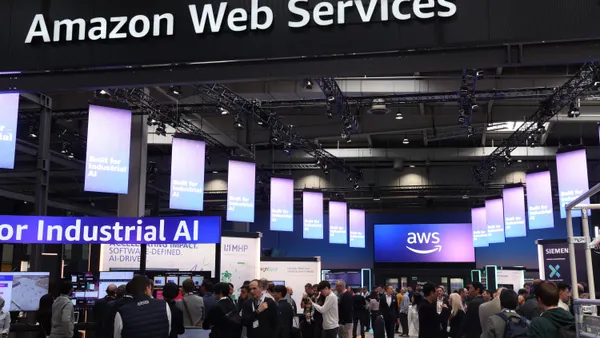About 52% of U.S. employees said they use artificial intelligence-related tools to complete mandatory work training, according to a Jan. 28 report from Moodle.
Workers use AI to answer difficult questions that they’re unsure about (21%), help them with certain parts of questions (19%) and even take the entire training for them (12%).
In addition, 46% speed up videos to complete training quicker or allow videos to play while multitasking, and 14% mute the audio or click through questions without participating.
Although U.S. companies spent $1,500 per employee on training in 2024, 25% of workers said training isn’t impactful, not worth their time and doesn’t prepare them for their roles.
“American workers across most industries are struggling, especially young employees. Burnout rates are high and the threat of AI is triggering significant fear about their relevance at work,” Scott Anderberg, CEO of Moodle, said in a statement.
“And they are broadly saying that the training and development programs they have access to are not helping,” Anderberg said. “In fact, in many cases, it’s making things worse.”
Personalized and flexible training experiences could help, he said. Two-thirds of workers reported burnout due to several factors, including not having the right resources or tools to do their job properly.
Younger generations seem to be facing even higher rates of burnout, with more than 80% of ages 18-34 feeling the strain, as compared to 49% of ages 55 and older, Moodle reported. Although younger workers, especially Generation Z, were more likely to say they find AI tools helpful and believe they improve productivity, they’re also three times more likely to be concerned that AI tools could replace parts of their job in the future.
“As workforce generations shift, it’s clear that employers need to stay up to date on changing employee attitudes and expectations,” Moodle reported. “High rates of burnout amongst younger generations provide an opportunity for companies to reprioritize employee wellbeing, offer meaningful professional development opportunities and enforce healthy work-life balance.”
The most effective learning and development opportunities offer executive-style training to all employees, not just the C-suite, according to a CYPHER Learning survey. Workers are more likely to respond to high-quality, flexible, personalized and engaging options, CYPHER’s CEO said.
But even when employees say they want training, many often multitask while learning, according to a TalentLMS and Vyond report. Since multitasking remains prevalent across the workplace, this may not be an issue for HR pros, as long as employees feel engaged and more prepared for their work due to training, the report found.













